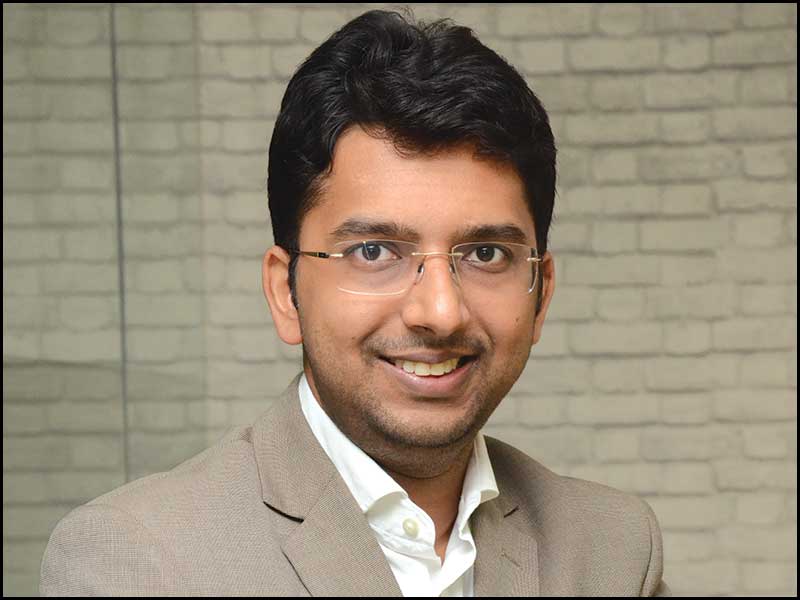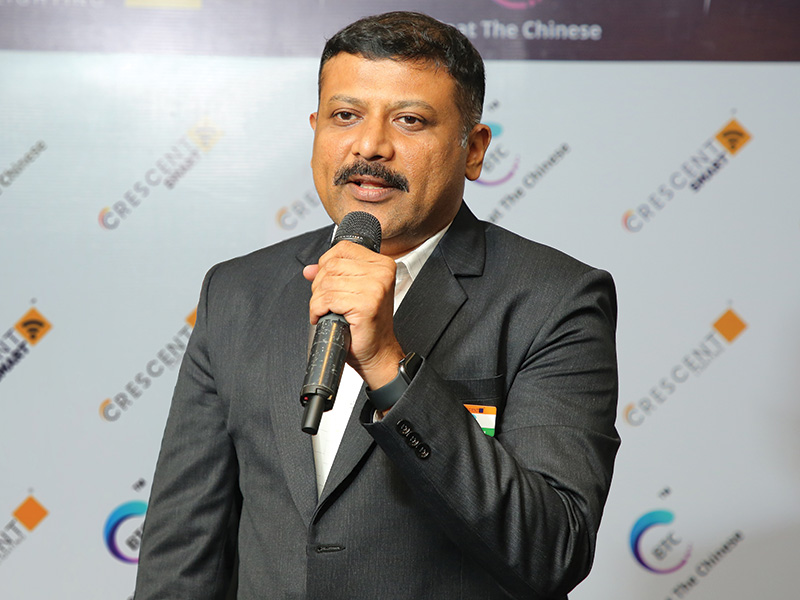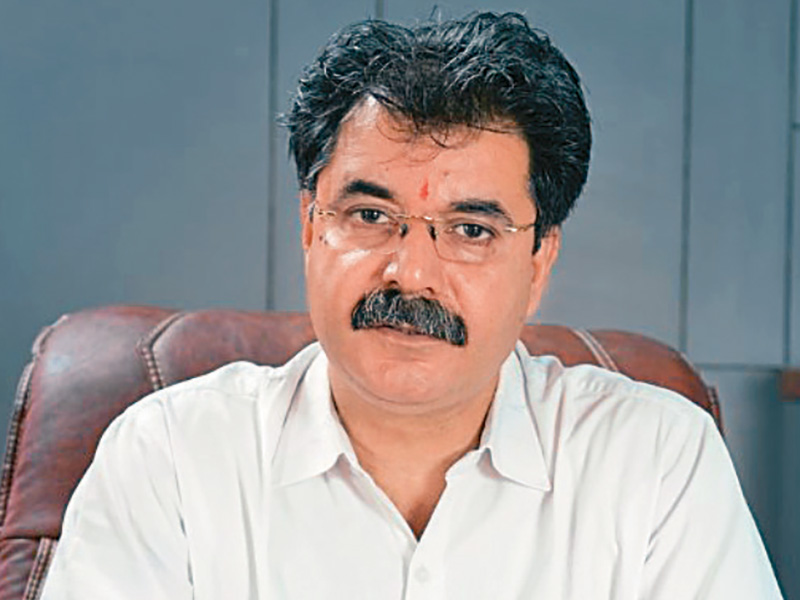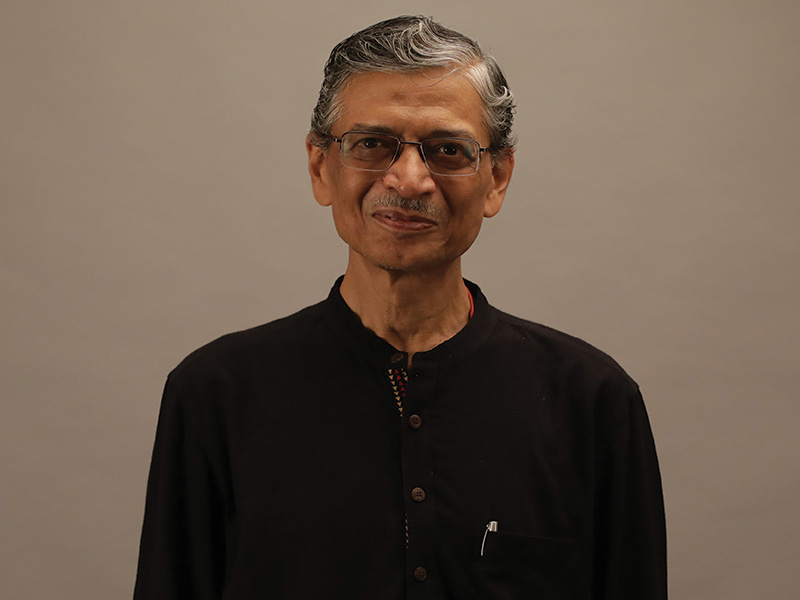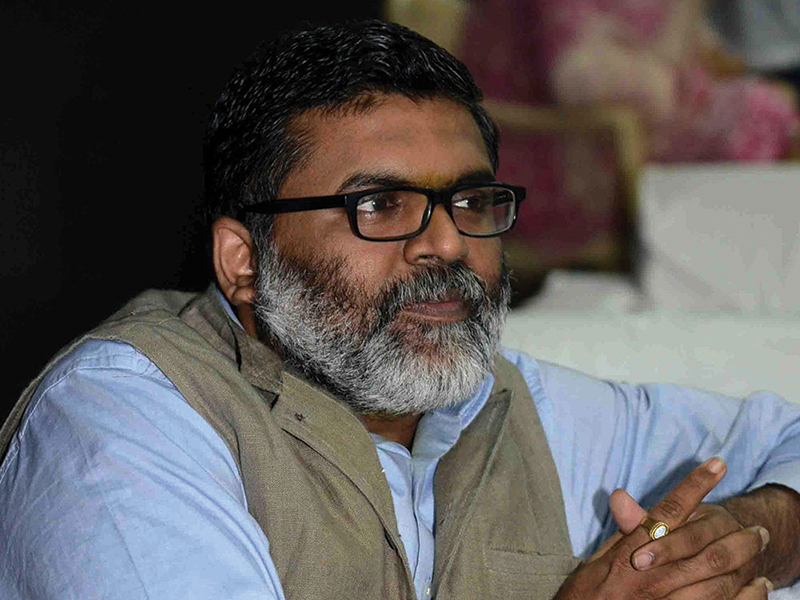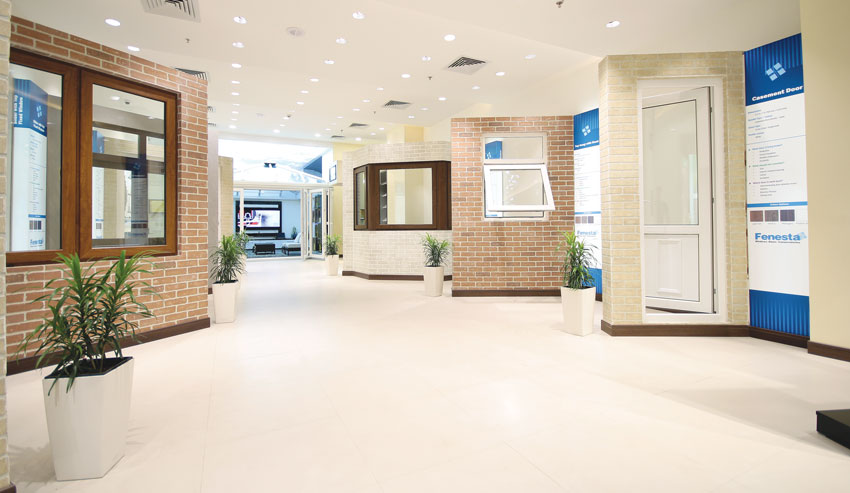

says Mr Saket Jain, Business Head at Fenesta Building Systems
What are the emerging trends in the fenestration/window system industry? What are your latest offerings?
The window industry has started evolving over the last decade. Earlier windows were perceived to be mere apertures for ventilation and sunlight and used to be made of Wood or Aluminum. Today, with growing awareness, the aesthetics of windows has become very important, apart from their functional benefits. The window industry is evolving and the five key areas are:
- Windows form a part of the building and therefore they need to be structurally very strong and rigid to meet the building norms. With more organized players having entered the market, the importance of structural performance of windows is being highlighted more.
- Alternate material like uPVC (tropical), thermally broken Aluminum and composites are the new trends in the market.
- The choice for the customer is widened as compared to a couple of years back with new designs and colour options available today.
- The earlier system of getting a carpenter to fabricate windows and doors at site has been replaced with fab shops and factory made windows. This has resulted in consistency and higher productivity besides helping a site to be completed faster.
- Service post installation is another new trend. Today very few organized players provide after sales service. In the coming days that will become even more important and therefore a key differentiator.
Energy across the globe and especially in this country is a big challenge and will become bigger in the times to come. In spite of increase in the generation capacity every year, there still is a huge gap between demand and supply. Only conservation and minimizing losses can make 20% - 30% of the energy made available.
Energy conservation requires a two-prong approach:
a) The government regulations to enforce conservation of energy with specific timeline for the same. In fact many countries have mandated use of energy efficient material as building materials.
b) Create awareness and incentivize organizations and individuals linked to conservation. Many countries have made provisions in this area.
uPVC is highly energy-efficient and this has been the reason for its use in most of the developed nations. In India, energy conservation is still not on our priority list. Though Green Building norms have been laid down, however, it is still voluntary for anyone to adopt. Windows/fenestration scores very minuscule points in the entire Green rating system and one can get certification even after using windows which are not insulated. It is worth noting that windows can contribute up to 20-40% in reducing energy losses.
Fenesta is already making uPVC which is energy-efficient. The company is engaging with customers/influencers and various other concerned bodies to educate on the green building concept.
How important is the role of specifiers such as architects and consultants in the growth of uPVC window systems?
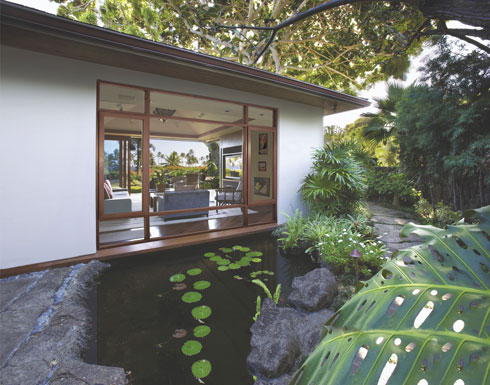
Dearth of quality workmanship has always been a major issue in India that keeps the manufacturer's reputation at stake. How are you addressing this issue, when it comes to installation and maintenance of window systems?
Window industry is very young industry. The need for trained manpower is a big challenge for the industry. There is neither any professional course nor any training school with provision of such courses. The complete responsibility of generating expertise is with the organization venturing in this category. This poses a big challenge of training in-house and most of the late entrants in this industry tend to poach from others in the field thereby increasing the cost of manpower and product.
Fenesta, being the first to enter into this business in India, has strong training set up with dedicated training resources for various verticals of its business - sales, fabrication, installation and customer service.
Fenesta sales force, service, installation and customer service teams are trained on the various aspects that their job entails. The new recruits at Fenesta have to undergo intensive training program for 3-4 weeks before they can start to go out to the market.
Apart from that Fenesta has strong Quality control systems to ensure that quality of windows is consistent and maintained as per the specifications.

